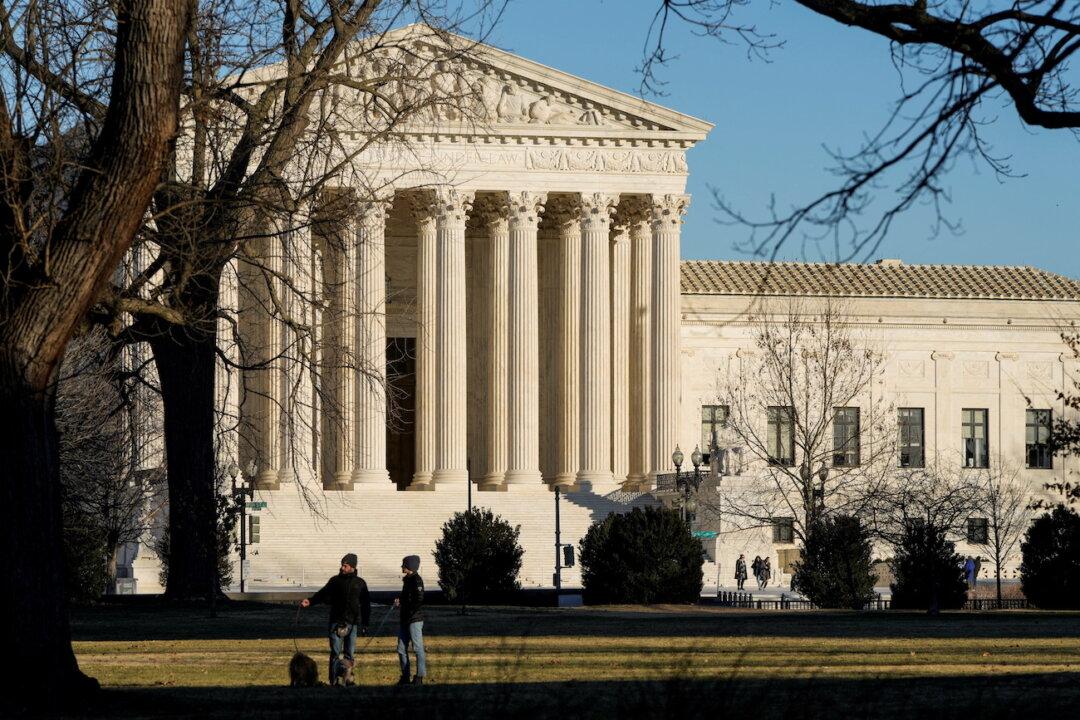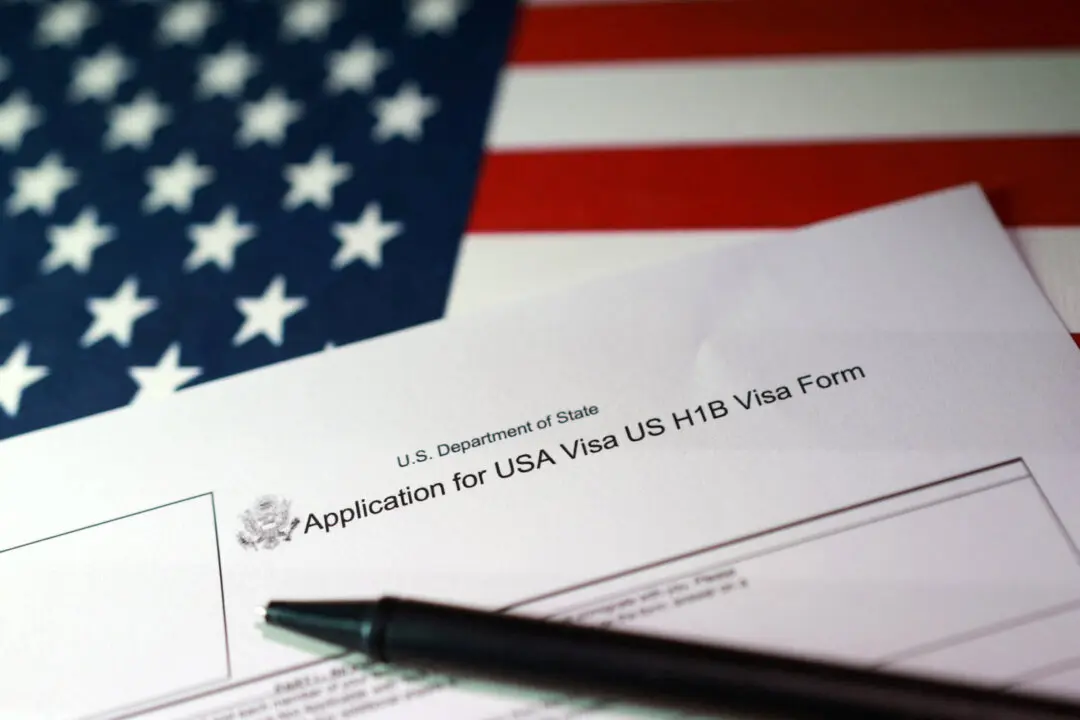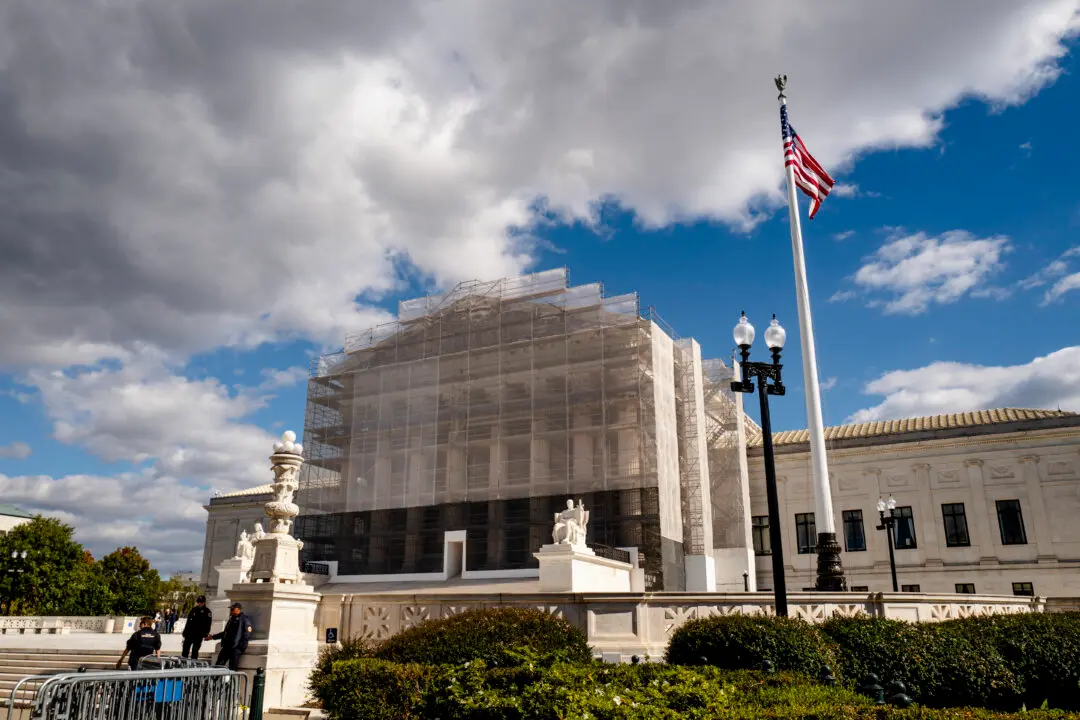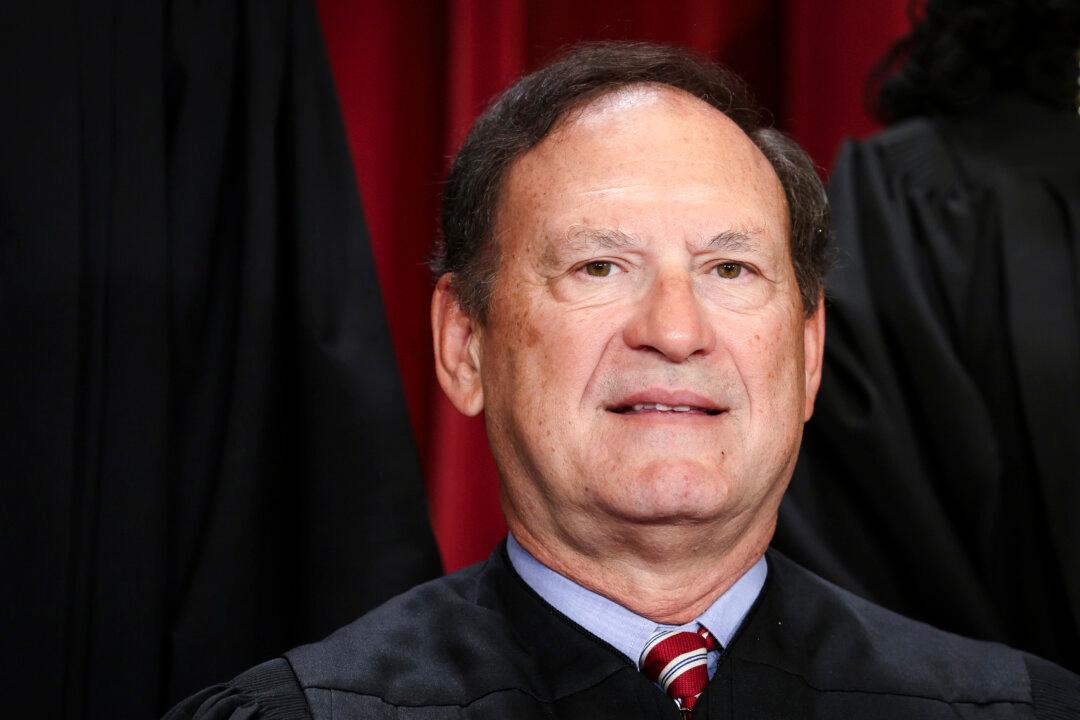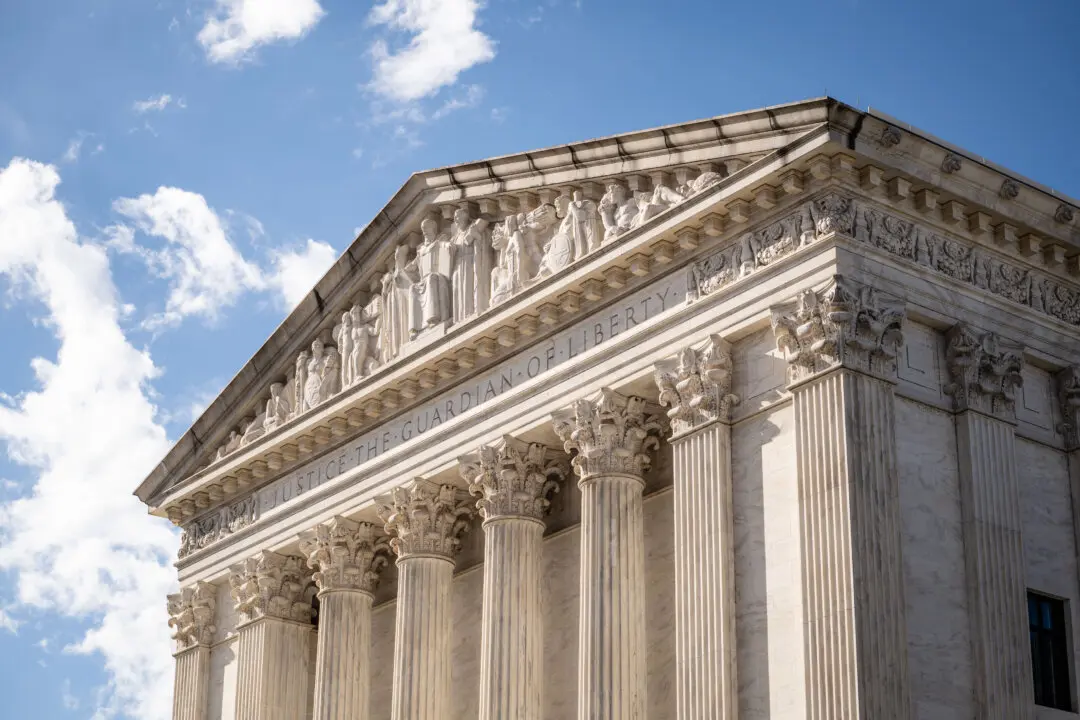The Supreme Court revisited its 56-year-old precedent, Miranda v. Arizona, at an April 20 hearing as justices and attorneys sparred over the extent to which the landmark decision protects criminal defendants and provides a basis for post-trial litigation by acquitted defendants.
The specific issue in Vega v. Tekoh, court file 21-499, an appeal from the U.S. Court of Appeals for the 9th Circuit, is the following question: When an arresting officer fails to provide a criminal defendant with the warnings required by the Miranda decision, can that defendant file a federal civil rights lawsuit based solely on the failure to provide the warnings?
